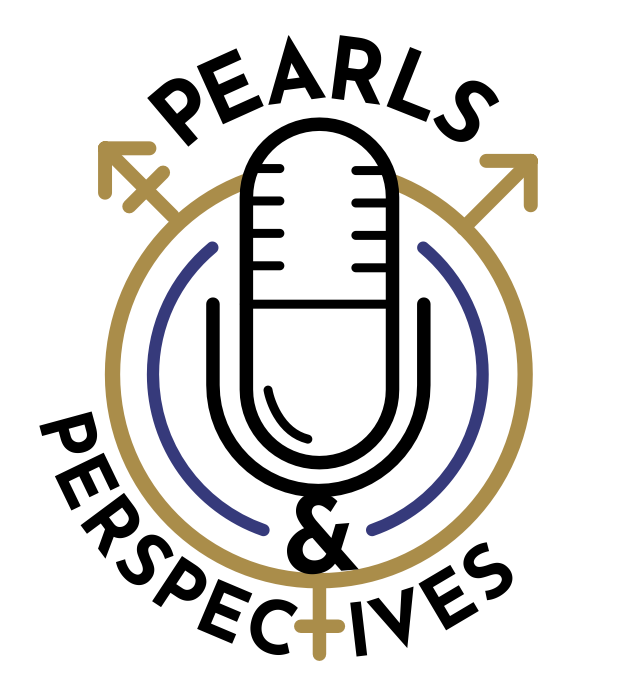Article
Novel technique easily resolves ischemic priapism
Author(s):
Researchers at the University of California, San Francisco have developed a new surgical approach they call a "T-shunt" that appears to resolve ischemic priapism efficiently and effectively with minimal morbidity.
Chicago-Researchers at the University of California, San Francisco have developed a new surgical approach they call a "T-shunt" that appears to resolve ischemic priapism efficiently and effectively with minimal morbidity. The surgery is technically simple and can be performed under local anesthetic as an outpatient procedure.
The UCSF team presented the long-term results of 13 T-shunt procedures to colleagues at the AUA annual meeting.
"Our first finding is that we can reduce pain, reduce the erection, and re-establish blood flow in a majority of patients with ischemic priapism," first author William O. Brant, MD, told Urology Times. "A second and very gratifying finding is that there appears to be a very high rate of return of sexual function. This return is much higher than has been reported with other techniques.
The procedure involves prepping the patient and blocking the penis and glans with xylocaine or bupivacaine. A number 10 blade is placed vertically though the glans until it is fully within the corpus cavernosum, but at least 4 mm from the opening of the meatus to prevent urethral injury. The blade is rotated 90° from the urethra and removed to allow stagnant blood to be milked from the cavernosa-glandular shunt. After confirming detumescence, the glans is sutured.
Ages in the 13 patients ranged from 26 to 55 years. The majority had suffered priapism ranging from 1 to 3.5 days. However, two patients experienced priapism for more than 4 days: one for 4.5 days and the other, for 14 days. Prior to receiving the T-shunt, all patients had undergone some form of aspiration and adrenergic treatment to no effect. Six had received shunt treatments in addition to aspiration.
Positive SHIM questionnaire results
Researchers administered the Sexual Health Inventory for Men (SHIM) questionnaire to these men at 9 to 25 months follow-up and noted, in particular, responses to questions 4 and 5, which assess successful intercourse. Eight men reported scores of 4 to 5 (ie, successful intercourse on most or all attempts), one man reported a score of 3 (ie, success about half the time), and the remaining three patients reported scores of 1 to 2 (ie, success seldom or never).
According to Dr. Brant, the procedure had its origins in a patient in whom a distal shunt-a standard treatment-had failed.
"The decision was made to dilate him down to the corpora and try to express the old blood. The procedure was so successful that we began applying it in all difficult cases," he said. "Initially, we were concerned about injury, so it was conducted with a lot of radiographic control."
The surgery is an outpatient procedure.
"One of the key aspects of this study is that we reported on the patients we were able to find after the procedure and evaluate outcomes. This patient population does not lend itself to a lot of scrutiny, as has been noted in other studies of priapism. Part of it may be that they are just embarrassed. They may have used an injectable medication that they were not prescribed or they may have developed it because they were using prescription medication in combination with recreational drugs," Dr. Brant said.
"When we got the information, we were surprised as to how well they have done, especially in terms of erectile function."
A group at Johns Hopkins in Baltimore led by Arthur L. Burnett, MD, has reported on a similar technique and reached a conclusion similar to the UCSF group's, Dr. Brant noted.
"Aggressive and early treatment of priapism is likely the best way to restore as much erectile function as possible. Waiting may risk irreversible damage to tissue," he said.

















